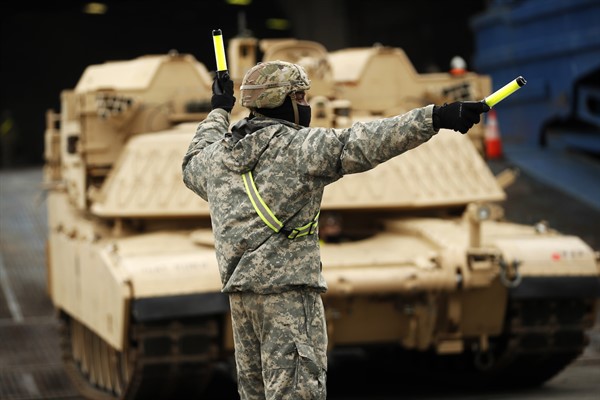Although the response in Western capitals to Russia’s aggressive military posturing on its border with Ukraine has been couched in clear diplomacy-first terms, military contingency planning has stepped up a notch in recent weeks. The intent of these moves, at least judging from the rhetoric of U.S. and NATO leaders as well as respected commentators, is to strengthen deterrence.
Deterrence, as Nobel Prize-winning U.S. scholar, Thomas Schelling, elaborated in his seminal 1966 book, “Arms and Influence,” is meant to prevent an adversary from taking future actions. Schelling distinguished it from a second strategy of coercion, compellence, which is meant to change an adversary’s existing behavior. Neither is foolproof, and both come with risks. But unless the West is clear about which strategy to pursue against aggressive Russian posturing, diplomacy may fail.
The West’s attempts at deterrence in the current standoff have so far taken two forms. First, there are the immediate measures intended to prevent further Russian military incursions into Ukraine, no matter how apparently minor. Threatened measures range from potentially devastating economic consequences the moment the first “Russian toe-cap” crosses the border, to military assistance to Ukraine and massive reinforcements on NATO’s Eastern flank. Both the U.S. and the U.K. have also used a form of “disclosure as deterrent,” revealing purported Russian plots—like plans to install pro-Russian leadership in Kyiv or launch a false flag or even fabricated attack in eastern Ukraine—before they take place to prevent Moscow from following through. Second, more general deterrence measures, from increased allied defense spending to consultations with Sweden and Finland about closer cooperation with NATO, have bolstered the preparedness, strength and solidarity of the alliance since Russia’s annexation of Crimea in 2014.

